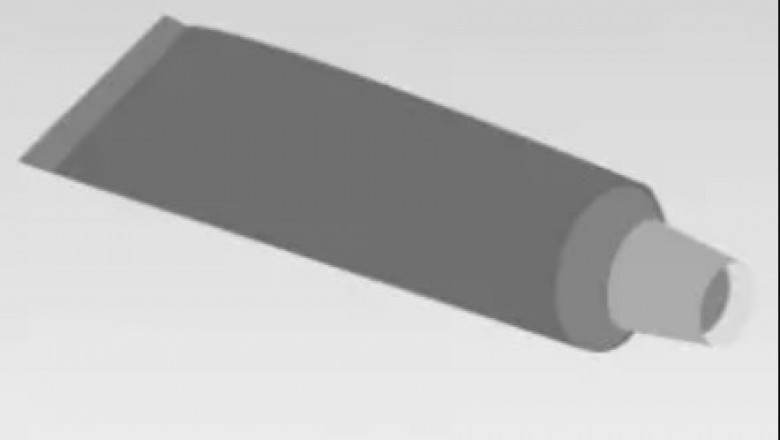views
In today's fast-paced manufacturing landscape, efficiency is paramount. Businesses across various sectors are constantly seeking ways to optimize their production processes, reduce waste, and ensure consistent product quality. One crucial piece of equipment that plays a significant role in achieving these goals, particularly in industries dealing with viscous or semi-viscous products, is the tube filler.

What is a Tube Filler?
A tube filler, also known as a tube filling machine, is a specialized piece of machinery designed to automatically fill and seal various types of tubes. These tubes can be made from a range of materials, including plastic, metal (like aluminum), and laminate. The products they contain are equally diverse, spanning from cosmetics and pharmaceuticals to food products and industrial adhesives. Think toothpaste, hand cream, ointments, food pastes, and even some types of sealants – all likely packaged using a tube filling machine.
The Tube Filling Process: A Step-by-Step Look
The tube filling process, while varying slightly depending on the specific machine and product, generally follows a consistent sequence:
- Tube Loading: Empty tubes are loaded into the machine's hopper or magazine, ready to be fed into the filling station.
- Tube Orientation and Positioning: The machine orients and positions each tube correctly to ensure accurate filling and sealing.
- Filling: The product is dispensed into the tube using a precise filling mechanism. This can involve piston fillers, peristaltic pumps, or other methods depending on the product's viscosity and characteristics.
- Sealing: Once filled, the tube is sealed. This can be achieved through various methods, such as heat sealing for plastic tubes, crimping for metal tubes, or a combination of both.
- Coding and Trimming: Many tube filling machines also incorporate features for coding (batch numbers, expiry dates) and trimming excess tube material for a clean finish.
- Discharge: Filled and sealed tubes are then discharged from the machine, ready for packaging and distribution.
Benefits of Using a Tube Filling Machine
Implementing a tube filling machine offers numerous advantages for businesses:
- Increased Efficiency: Automation significantly speeds up the packaging process compared to manual filling, leading to higher production output.
- Improved Accuracy: Precise filling mechanisms ensure consistent fill volumes, minimizing product waste and ensuring compliance with regulations.
- Enhanced Product Presentation: Consistent sealing and trimming create a professional and appealing final product.
- Reduced Labor Costs: Automating the tube filling process reduces the need for manual labor, leading to cost savings.
- Hygiene and Sanitation: Automated systems minimize human contact with the product, improving hygiene and reducing the risk of contamination.
Considerations When Choosing a Tube Filler
Selecting the right tube filler depends on a variety of factors, including:
- Product Viscosity: The consistency of the product being filled will determine the appropriate filling mechanism.
- Tube Material and Size: The machine must be compatible with the specific tube material and dimensions.
- Production Volume: The required output capacity will dictate the speed and capabilities of the machine.
- Budget: Tube filling machines come in a range of prices, so it’s essential to find one that fits the budget.
- Level of Automation: Some machines are fully automatic, while others require some manual input.

The Impact on Various Industries
The use of tube fillers has a significant impact across a wide range of industries. In cosmetics, they ensure precise filling of creams, lotions, and gels. In pharmaceuticals, they maintain sterile conditions for ointments and other topical medications. In the food industry, they efficiently package pastes, sauces, and other spreadable products. Even industrial applications, such as adhesives and sealants, benefit from the precision and efficiency of tube filling.
In conclusion, tube fillers are essential pieces of equipment for businesses seeking efficient and reliable packaging solutions. By automating the tube filling process, these machines contribute to increased productivity, improved product quality, and reduced costs across numerous industries.






















Comments
0 comment